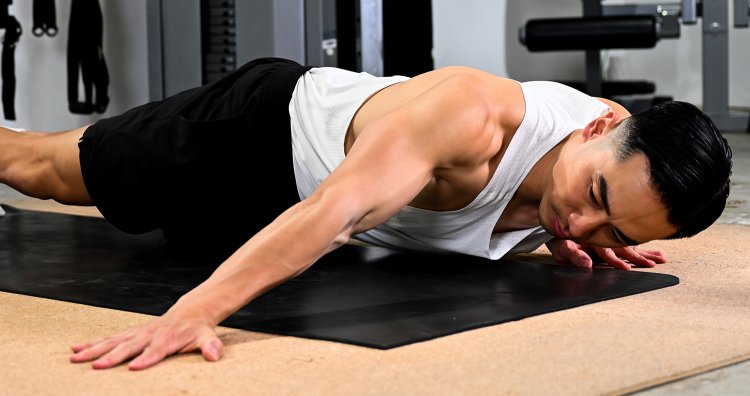
CONTENTS
- What are the main muscles trained by push-ups?
- Muscles that can be trained by push-ups (1) "Pectoralis major muscles
- Muscle that can be strengthened by push-ups: " triceps
- Muscle that can be trained by push-ups (3) "Deltoids".
- Muscle that can be trained by push-ups (4) "serratus anterior
- Types of push-ups and the correct way to do them, by level! Try all 18 types!
- Types of push-ups [ Beginners
- Types of push-ups [ Intermediate ].
- Types of push-ups [ Advanced ].
- Types of push-ups [ Expert ].
- Use a "push-up bar" to increase the effectiveness of push-ups
2 ページ以降を表示しています。
目次を表示Suponsered by
Types of push-ups and the correct way to do them, by level! Try all 18 types!
Types of push-ups [ Beginners
First, we will start with push-ups for beginners. This menu is easy to start even for those who have never done push-ups before, so please refer to it as a reference.
Types of push-ups (1) “Wall push-up
Place your hands on the wall at the same height as your chest and put your weight on the wall in front of you. The width of the hands should be one fist wider than shoulder-width apart, and the fingertips should point diagonally outward. Keeping your weight forward, bend your elbows until your face is almost to the wall. Return to the original position by pushing with the whole palm of the hand while keeping your weight in front of the wall. Incidentally, the greater the distance from the wall, the greater the load.
Push-up type 2: “Incline push-up”
Prepare a platform to put your hands wider than shoulder-width apart. You can use a table or something similar as a substitute. First, place your hands on the table one fist wider than shoulder-width apart and straighten your body. The deeper the angle, the greater the load, so decide where to place your feet according to your own level. Once the starting position is firmly established, bend your elbows and lower your body. Stop when your chest is just touching the platform, and push your whole palm back to the original position. Remember to use a non-slip device to prevent your hands from slipping on some platforms, which may result in injury.
Push-up type 3: “Knee push-up”
Put your hands on the floor one fist wider than shoulder-width apart and keep your fingertips pointing diagonally outward. Place your legs together with your knees on the floor, and make a straight line from your knees to your head. Bend your elbows in this posture and lower your elbows until your face touches the floor. When returning to the original position, push with the whole palm of the hand. It is recommended to keep your toes on the floor for stability.
Push-up type 4: “Negative Push-Up”
From a four-person kneeling position, stretch your legs out and place your hands one fist wider than shoulder-width apart. Make a posture so that your body is in a straight line with your fingertips pointing outward and your legs tightly aligned. Lower your body in a slow motion, kneel when your face is almost to the floor, release the load, and return to the original position. Repeat.

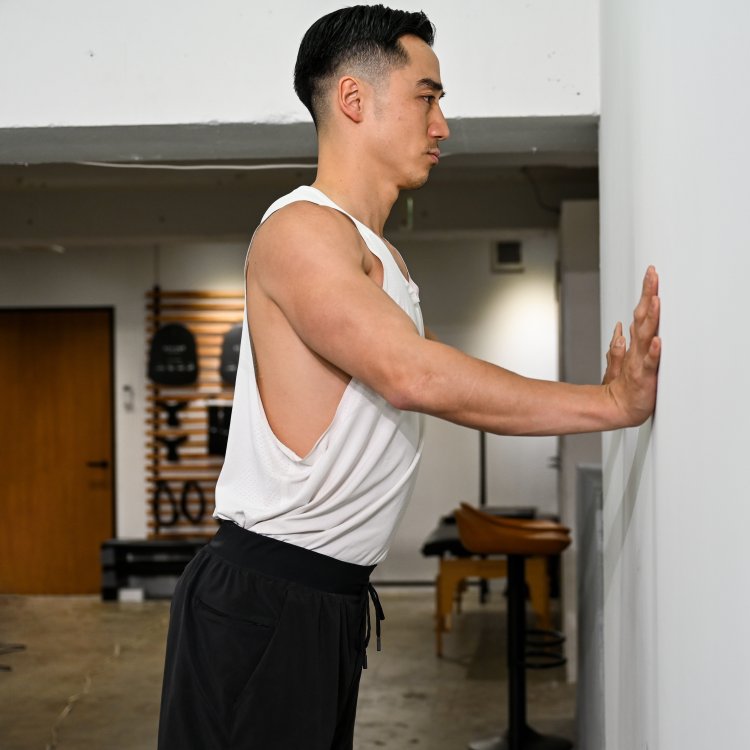
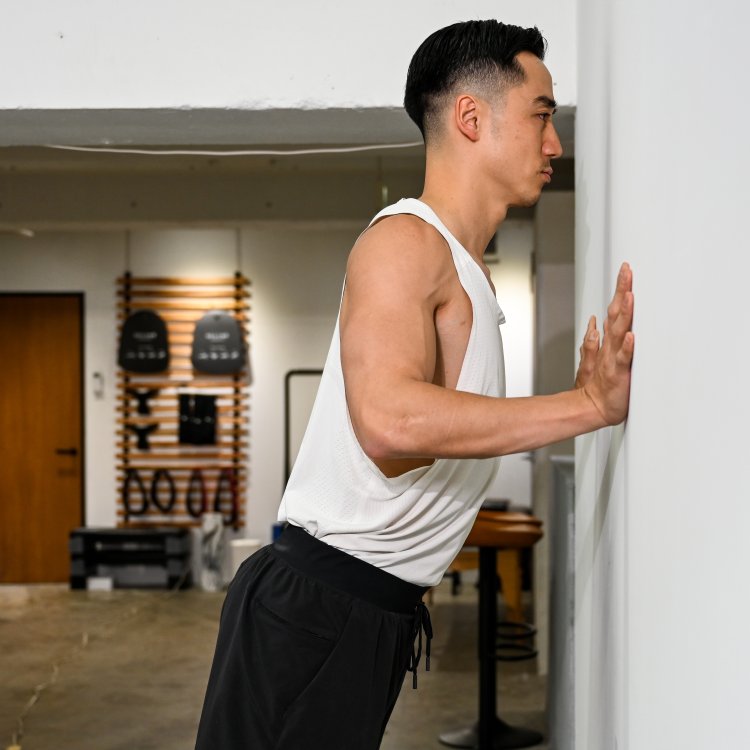
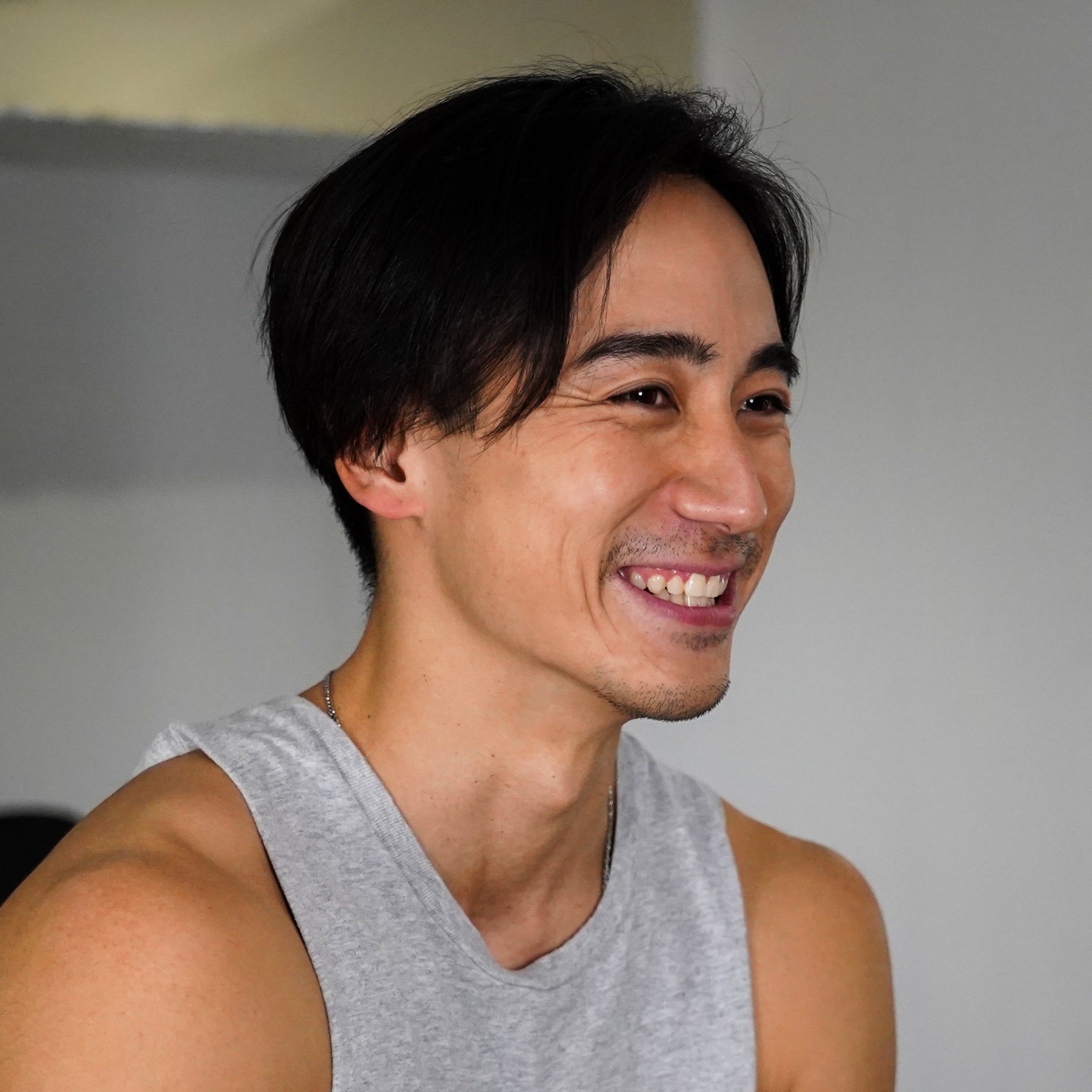
![What are the specific 5 changes that muscle training can bring to a man? [“The truth as experienced by practitioners.”]](https://otokomaeken.com/wp-content/uploads/2023/12/3ecb709c1f1613850249ba743b4b1457-630x331.jpg)
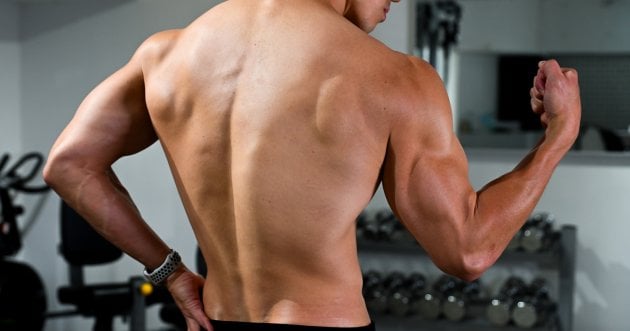
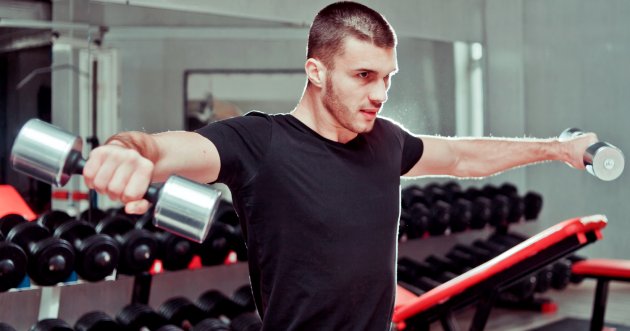

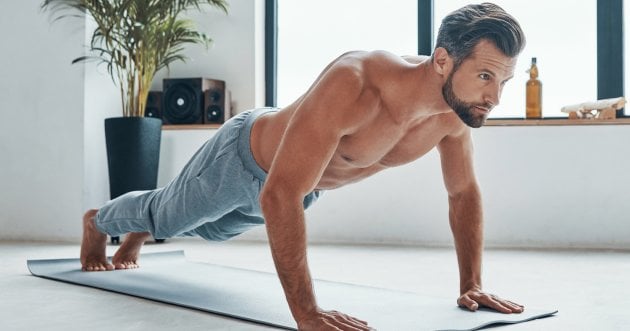
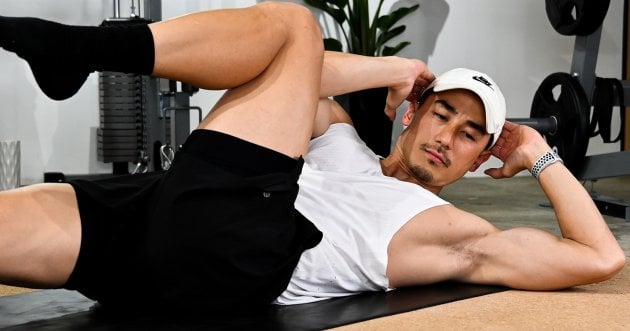
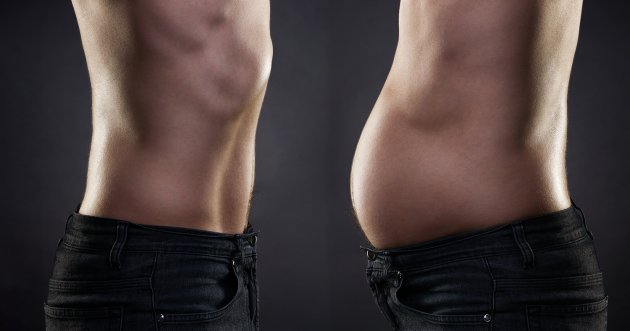
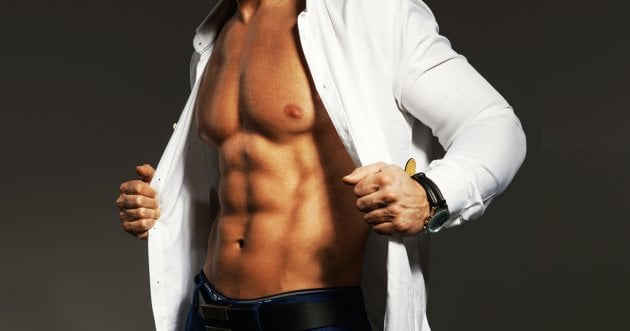
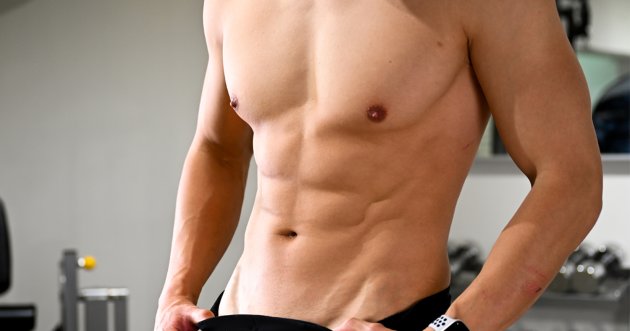
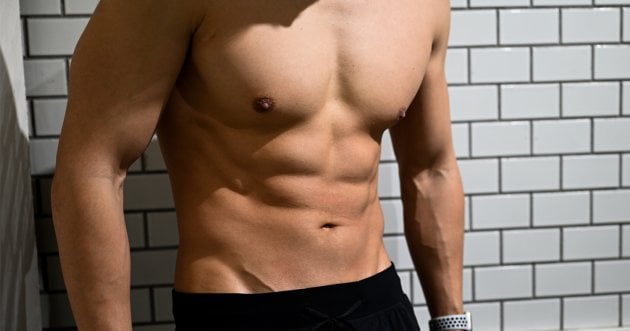
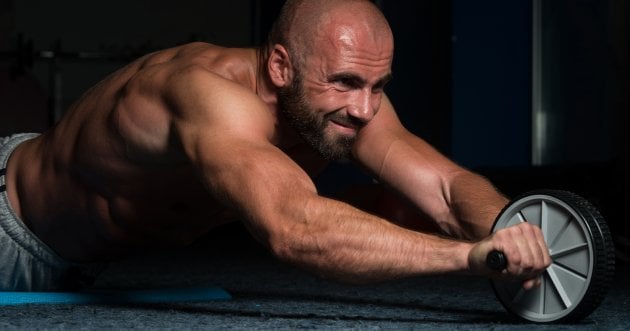
![6 self-weight menus for leg training! Effective training for toning the lower body [ supervised by a professional ].](https://otokomaeken.com/wp-content/uploads/2023/03/2232-630x331.jpg)















